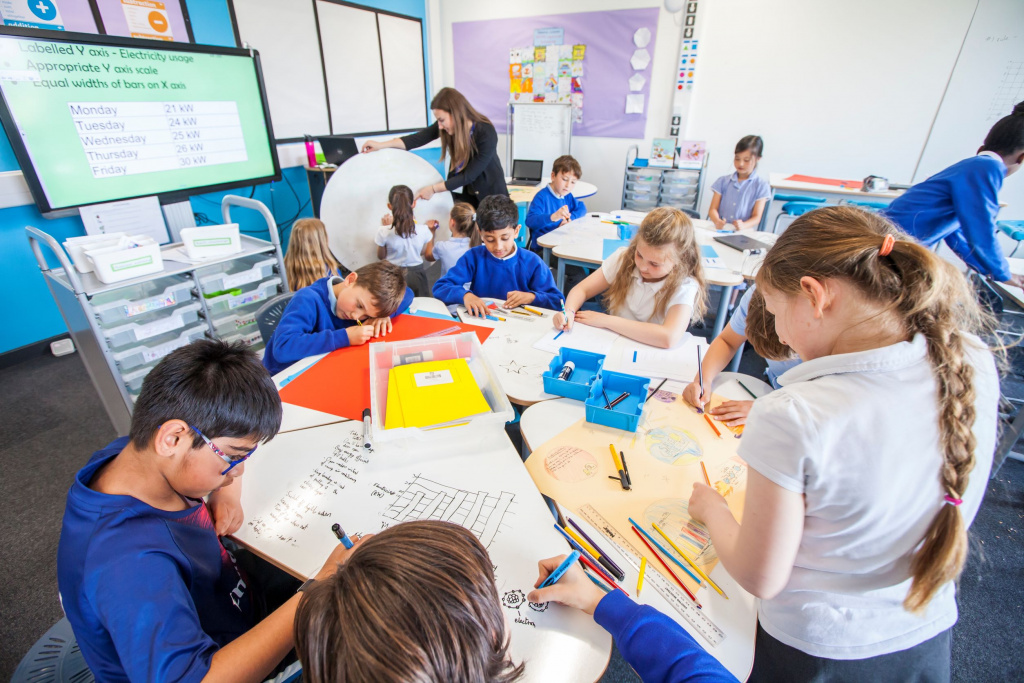
The question we asked ourselves is would this this ‘hands on’ approach to creating our own learning environment produce quantifiably improved learning outcomes?
Planning Learning Spaces, published in October 2019 as a guide for anyone involved in the planning and design of learning environments, brought together expert contributors from across the global spectrum of education, architecture, design and furniture, fittings and equipment with the aim to help inspire the design of more effective learning spaces.
To support this, Planning Learning Spaces in Practice (PLSiP) was launched 12 months later to help schools translate their educational vision into learning space design principles, enabling them to create new or refurbish existing spaces that actively support their learning goals.
These are the questions we have been exploring at Trumpington Park Primary School, part of Cambridge Primary Education Trust. Two years ago, we were invited to take part in an international pilot of Planning Learning Spaces in Practice (PLSiP), an approach to learning space design which aligns physical learning environments with a school’s educational vision, whilst also supporting children’s personalised and independent learning.
Giving children more freedom and responsibility